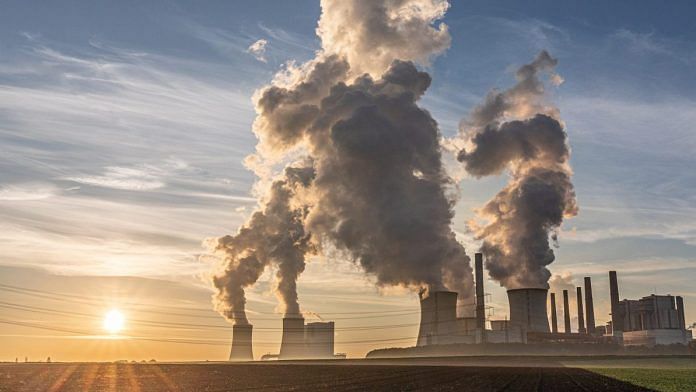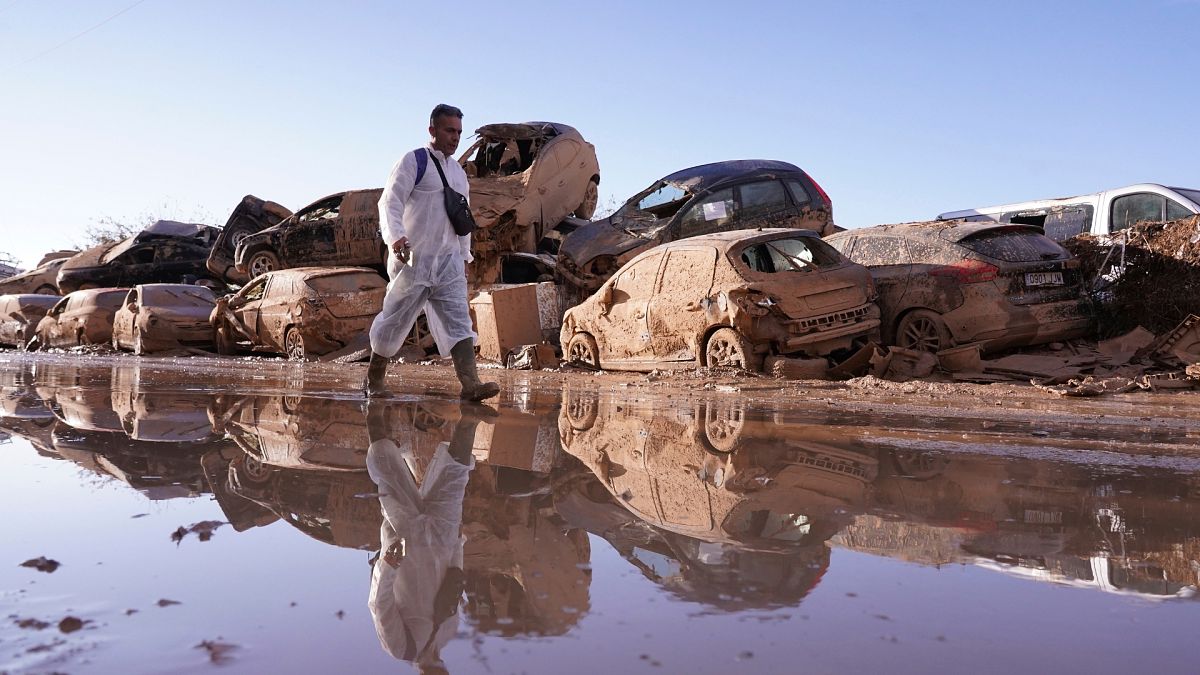A s unprecedented volatility continues to grip the global carbon market, carbon dioxide removal (CDR) has emerged as the most reliable basis for carbon credits and an indispensable tool for achieving corporate climate commitments. Driven by integrity concerns around avoided-emissions credits, the value of the global carbon market plunged from $1.87 billion in 2023 to $723 million in 2024 .
But with net zero deadlines rapidly approaching, demand for high-quality credits is primed to surge: The market is projected to recover to $10-40 billion by 2030 and could reach $135 billion by 2024 . With the credibility and durability of other approaches in serious doubt, buyers are increasingly shifting to CDR. Much like renewable energy 20 years ago, CDR is a long-standing yet underutilized technology that entails large sunk costs and offers uncertain returns.

But as market innovations ease these constraints, the industry is primed for exponential growth. The technology underpinning the most accessible CDR projects is pyrolysis, which transforms agricultural waste and other organic material into a compound called biochar, sequestering carbon that would otherwise be released into the atmosphere through decomposition. In 2024, biochar-based projects accounted for 86% of CDR purchases by volume .
Like renewables, pyrolysis technology has existed for decades, but until recently it was perceived as too risky for investment at scale. With the development of offtake agreements dramatically reducing those risks, carbon dioxide removal is on the cusp of a breakout moment. Offtake agreements have begun doing for CDR what power-purchase agreements (PPAs) did for renewables: establish the stable framework of expectations necessary to scale the technology.
Offtakes are multi-year contracts that enable firms to purchase future carbon credits before they are issued. Like PPAs, offtakes mitigate financial uncertainty for suppliers, while allowing buyers to secure a supply of credits at a predetermined price. The complementary derisking of price and supply enables large-scale investment in CDR projects while offering corporate buyers a reliable path to net zero.
As with PPA-supported investments in renewables, offtake-backed CDR projects will benefit from technological learning curves, supply-chain improvements and a rapidly rising market profile – but unlocking economies of scale will be their game-changing advantage. High-volume plays already dominate the nascent biochar-based CDR sector. In 2024, the top five projects were responsible for 78.
6% of delivered volume . Future cost reductions will be driven not by unpredictable technological advancements, but by the simple logic of scale economies. With offtakes fostering reliable price expectations and the underlying technology already well established, large projects will rapidly expand into industry giants, reaping incremental cost improvements in the process.
Once the first movers prove the concept, lending costs will fall while demand rises, touching off a virtuous cycle of investment and growth. As demand outstrips supply in the near term, prices for CDR-based credit will rise even as the marginal cost of biochar-based CDR falls. Biochar is not the only carbon dioxide removal technology, but no other approach is positioned to achieve such a rapid increase in investment as offtakes gain traction.
The most binding constraints on direct air capture (DAC), for example, are technical rather than economic; thus, offtakes will have only a modest effect on DAC investment and project scaling. In the energy sector, players who moved first to secure PPAs for renewables locked in a stable supply before their competitors. The same dynamic is already unfolding for offtake-backed CDR projects.
In recent years, almost 90% of high-quality biochar has sold out within the first three quarters, and this trend is accelerating: An estimated 62% of high-quality biochar capacity for 2025 has already been allocated, and about 24% of 2026 capacity is locked down through offtake agreements. Early adopters of offtakes are already realizing substantial gains over their slower-moving counterparts. A buyer that secured a three-year offtake agreement for 5,000, 10,000, or 25,000 metric tonnes of biochar in 2022 would have garnered discounts of 18%, 21%, or 25%, respectively, over the equivalent in spot purchases; savings of $381,000 to $2.
1 million. High-quality carbon dioxide removal credits will become scarce as corporate net zero deadlines draw closer. Based on announced projects, the total annual supply of carbon credits is expected to reach 33 megatonnes (Mt) CO2e by 2030 , yet even in a low-end scenario annual demand would surpass this level at 40 Mt CO2e, while in a high-end scenario it could reach 200 Mt CO2e .
CDR purchases increased by 750% from 2022 to 2023, and by May 2024 they had already surpassed the previous year’s total. Demand is primed to surge in the coming years as firms attempt to meet their interim CDR commitments under the Science Based Targets Initiative, and the gap will only widen over time. For early adopters, offtakes will guarantee a steady supply of credits as the market tightens.
For latecomers, they will block off access to an ever-increasing share of some of the most sought-after carbon credits. Firms that recognize the parallels between CDR and renewables will move on offtakes early, securing long-term price advantages and locking down a consistent supply of credits in an increasingly competitive market. Expert guidance is critical to navigate the emerging offtake-backed CDR market.
Offtakes are highly specialized agreements. They must define volumes and time frames that suit the buyer’s strategic objectives, include clauses that ensure favourable commercial terms, and define payment structures that appropriately balance risk. Identifying the right projects for each buyer requires a deep understanding of the evolving CDR supply side, and the ability to recognize credible suppliers and transparent marketplaces is vital to ensure reliable credit delivery.
After offtakes have transformed the carbon dioxide removal market, future analysts will look back at this moment and see three types of firms. The first will be early adopters equipped with expert guidance, who future-proofed their net zero strategies. The second will be early adopters without guidance, who garnered favourable prices, but built suboptimal carbon-credit portfolios.
The third will be late adopters, who failed to secure offtakes before the competition and were left behind by the new renewable revolution. Michelle You is the Co-Founder and Chief Executive Officer of Supercritical. This article is republished from the World Economic Forum under a Creative Commons license.
Read the original article . var ytflag = 0;var myListener = function() {document.removeEventListener('mousemove', myListener, false);lazyloadmyframes();};document.
addEventListener('mousemove', myListener, false);window.addEventListener('scroll', function() {if (ytflag == 0) {lazyloadmyframes();ytflag = 1;}});function lazyloadmyframes() {var ytv = document.getElementsByClassName("klazyiframe");for (var i = 0; i < ytv.
length; i++) {ytv[i].src = ytv[i].getAttribute('data-src');}} Save my name, email, and website in this browser for the next time I comment.
Δ document.getElementById( "ak_js_1" ).setAttribute( "value", ( new Date() ).
getTime() );.
Environment

CO2 removal will transform the carbon market. It’s a renewable revolution

Carbon dioxide removal uses pyrolysis technology, which transforms organic material into biochar, sequestering carbon that would otherwise be released into the atmosphere.













